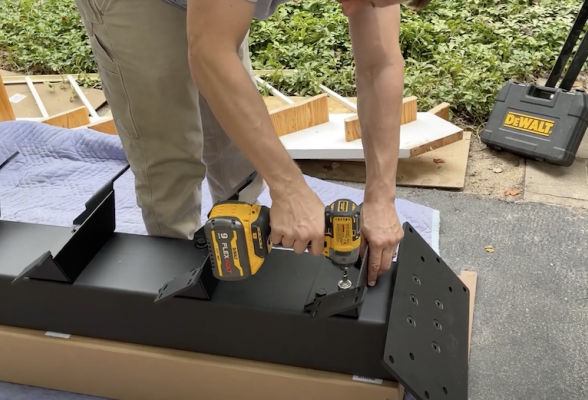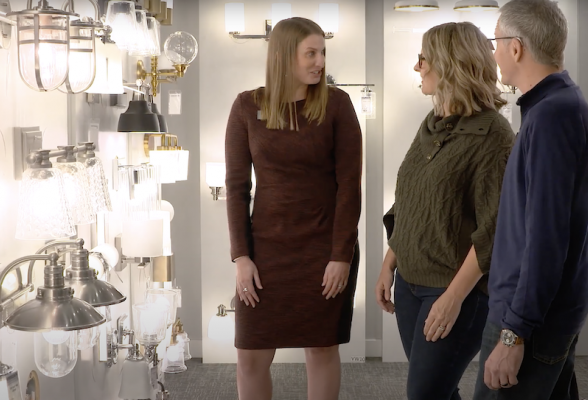4 Strategies for Handling Construction Debris
Keep trash under control at your jobsite with these tips from the Model ReModel team.
Remodeling produces tons of trash. According to a Seattle area study, the average kitchen remodel generates 2.63 tons of trash.
Obviously, when you’re creating that much construction debris, you’ve got to have a plan so your jobsite doesn’t get, well, trashed.
Managing such a volume of construction debris is definitely on the agenda at this year’s Model ReModel, which involves total makeovers of the first-floor kitchen and living area as well as the primary bedroom suite, which includes a sitting room and bathroom. The Reston, Va., home is also located in a compact development with limited street parking, making it a tighter site than the typical suburban remodel.
To handle this construction debris situation, Synergy Design & Construction is relying on best practices it has developed since Mark and Mina Fies started the Reston design-build firm in 2008.
How to Get Rid of Construction Debris
Think small.
While dumpsters have their place, Synergy also utilizes Bagsters at different points of a remodeling project. “They have a smaller footprint, which frees up space in the driveway for the homeowner to be able to park or access their garage,” says Mark, Synergy’s COO. That footprint is 4 x 8 (and just under 3 feet tall), but it holds as much as 3,300 pounds of construction debris, according to Waste Management, the company behind Bagsters. When the Bagster is full, Synergy schedules a pickup, and a Waste Management truck takes the debris-filled bag away.
Manage the dumpster.
Sometimes the job just demands a dumpster, which can hold several tons of trash and construction debris, depending on the size. But that dumpster can also scrape or mar the homeowner’s driveway, so Synergy puts down OSB plywood to protect the surface. The remodeler also has the dumpster pulled regularly and asks trade partners to avoid putting food waste in the dumpster so the trash receptacle doesn’t attract birds and other pests.
Recycle and donate.
“Not everything goes into a dumpster,” says Nicola Shelley, Synergy’s director of marketing. If a remodeling project results in usable cabinets or other recyclable items, Synergy will contact local organizations such as Habitat for Humanity’s ReStore, architectural salvage store Community Forklift, refugee assistance group Homes Not Borders, family transitional housing organization Cornerstones, and others. “We’re just trying to keep things out of the landfill,” says Mark. Not everything will be accepted for donation--appliances that use water or gas are often not wanted, due to liability reasons, and cabinets need to be in good shape and frequently no older than 10 years--but it’s an effort that Synergy has streamlined over time. “It’s very easy at this point because we’ve done it so much,” says Mina, CEO of Synergy, which maintains an ongoing list of what donations local groups will and will not accept. The design-build firm has even helped homeowner clients with unwanted furniture. “They’ll ask, ‘Can I put this in the dumpster?’ and we’ll say, ‘Well, let’s try to find a home for it first,’” Mina says.
Be creative.
Sometimes one man’s trash truly is another man’s treasure. The windows and cabinet doors from two kitchen remodels were repurposed by a Synergy employee into welcome signs, seating displays, and more at a wedding. And when a home renovation removed a treasured section of wall capturing the homeowner’s children’s heights over the years, Synergy framed the growth chart in a custom display for the family.
Homeowners aren't the only ones who can become upset with messes. Check out the Fies' other tips for keeping neighbors happy and turning them into clients.












